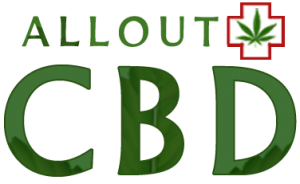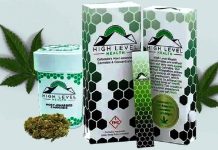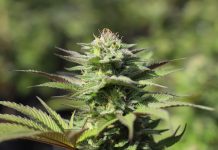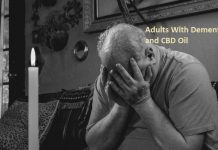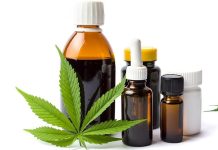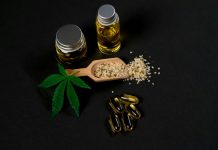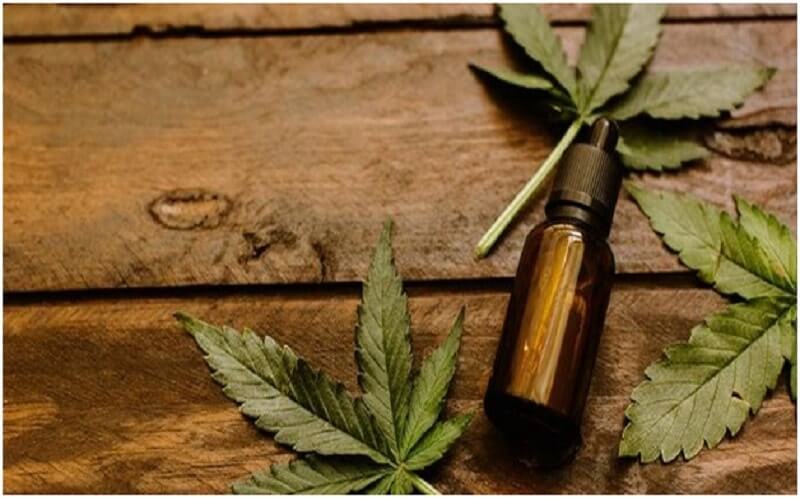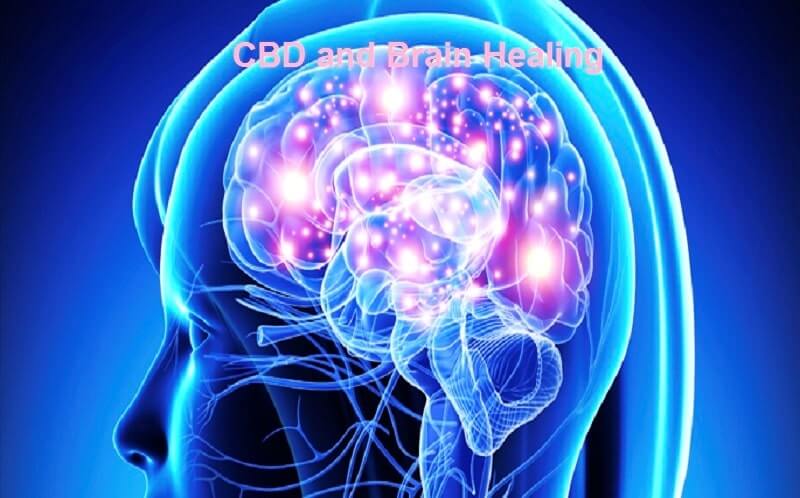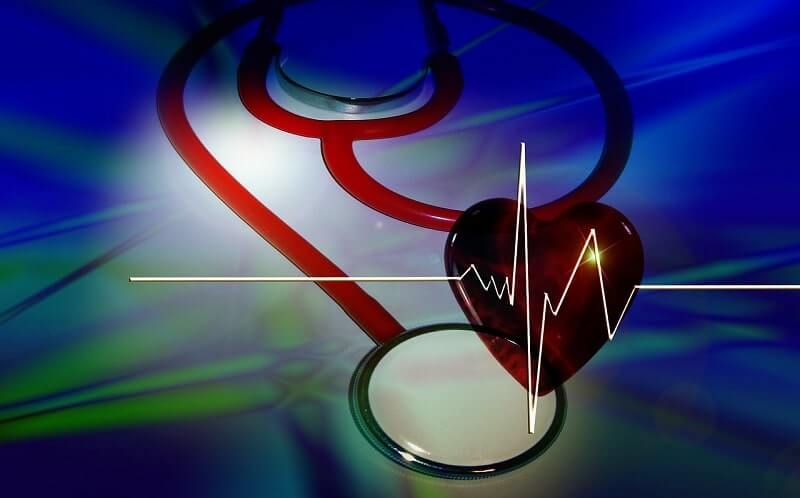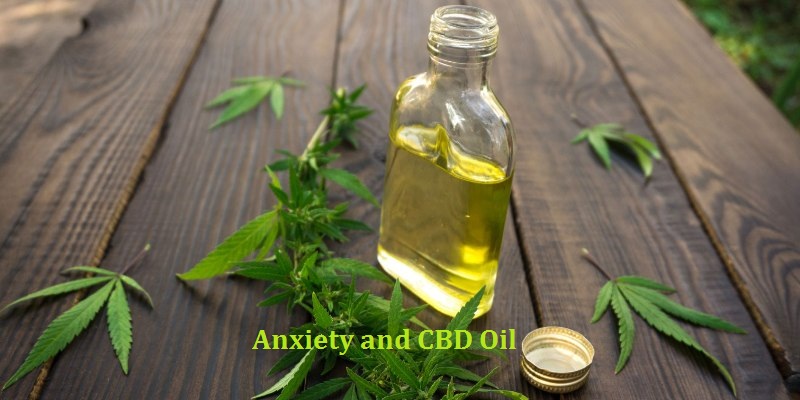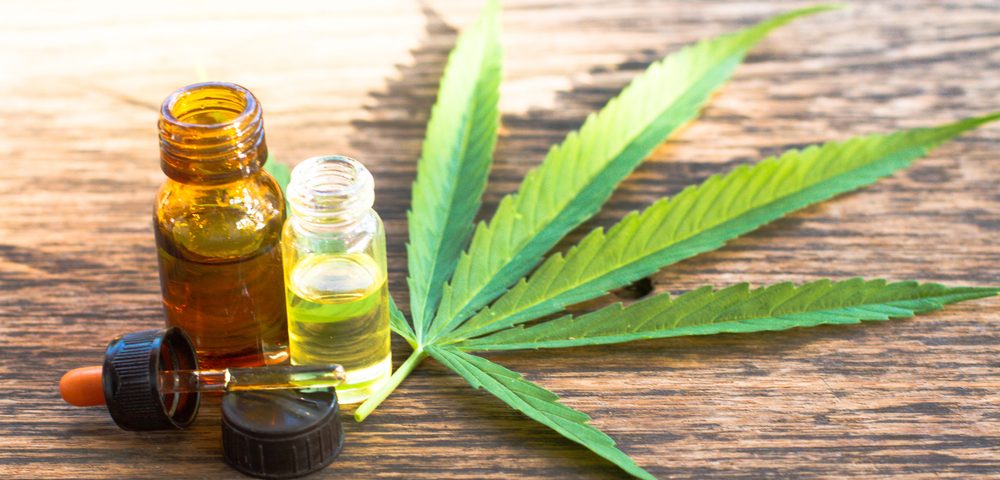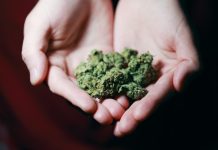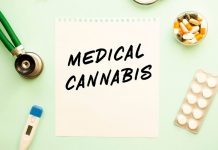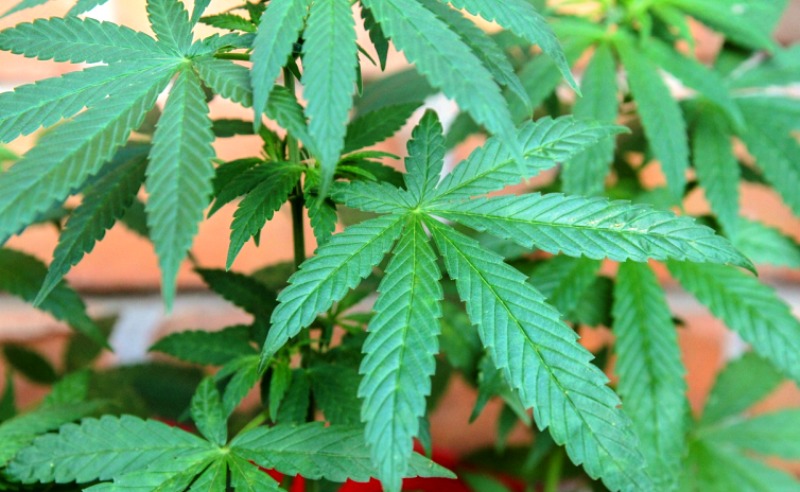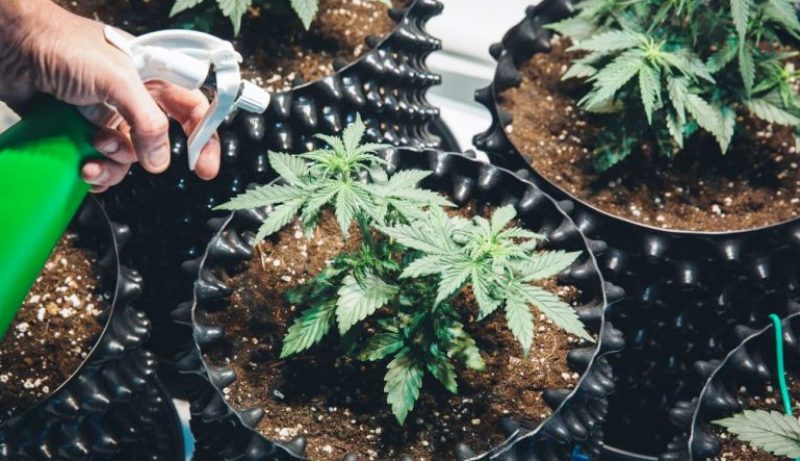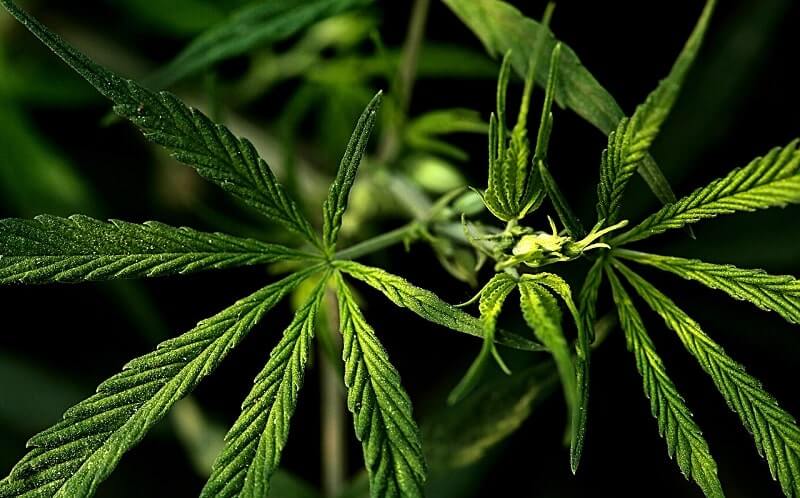There is a great difference in the knowledge of the medical use of cannabis and cannabinoids in different pathologies. Here are some about Medical Uses of THC.
While for chronic nausea and vomiting associated with cancer chemotherapy, anorexia, and cachexia in HIV / AIDS, especially the pain of neurological origin, spasticity in multiple sclerosis, and spinal cord injury, there is great evidence of its benefit as a drug, for many other indications such as epilepsy, itching, and depression, less data is available.
Suggested for the good result obtained in anecdotal experiences in patients using the products of the “raw” cannabis plant, clinical studies have been carried out with isolated cannabinoids, with preparations of the same plant (smoked cannabis, cannabis extract). The antiemetic, appetite-stimulating, relaxing, analgesic, and treatment for Tourette Syndrome have been discovered in this way. Here are the Medical Uses of THC:
Nausea and vomiting
Treatment for the side effects associated with anti-neoplastic therapy has been one of the most documented therapeutic indications, with around 40 studies (with THC, nabilone, other analogs to THC, cannabis) and most of the studies were carried out in the 1980s. THC administered in isolation requires relatively high doses so that the appearance of side effects is more frequent. In one study THC was less effective than high-dose metoclopramide. There have been no evaluations comparing THC with modern serotonergic antagonists.
Anorexia and Cachexia
Appetite stimulation has been observed as an effect of THC when a total dose of 5 mg has been administered fractionally. When necessary, the daily dose can be increased up to 20 mg. In a long-term study with 94 AIDS patients, the appetite-stimulating effect of THC continued for several months, confirming the benefits obtained in a short study of 6-week. THC doubled the appetite on a visual analog scale associated to placebo, and patients tended to maintain body weight starting at seven months.
Spasticity
In many clinical trials with THC, nabilone and cannabis, a helpful effect was detected in positions of spasticity produced by spinal cord injuries or multiple sclerosis, as well as a development in pain, tremors, paresthesia, and ataxia, and in the popular medicine, there are references to the improvement of toilet training. There is also some anecdotal evidence of cannabis benefit in spasticity caused by brain injury.
Pain
Extensive clinical studies have tested the analgesic properties of cannabis derivatives. Possible indications include neurological pain from multiple sclerosis, pain caused in HIV infection, by damage to the brachial plexus, rheumatoid arthritis, headache, chronic intestinal inflammation, cancer, dysmenorrhea, and neuralgia.
Glaucoma
In 1971, during a methodological investigation of the health effects in cannabis users, cannabis was found to reduce intraocular pressure. In the following 12 years, a large number of studies were carried out with cannabis and different natural and synthetic cannabinoids on the effects on the human body as well as on glaucoma patients, observing that cannabis drops intraocular pressure in a range of 25- 30%, occasionally reaching up to 50%.
Epilepsy
It can be used in epilepsy used to be also another of the definitive therapeutic indications for cannabis, animal experimentations have revealed the antiepileptic effect of a few cannabinoids, and the anticonvulsant movement of diazepam and phenytoin are improved with THC.
Asthma
Experiments on the anti-asthmatic effects of THC or cannabis date back mainly to the 1970s and are all rigorous studies. The belongings of a cannabis cigarette (contains 2% THC) or oral THC (contains 15 mg), correspondingly, corresponds approximately to the benefit obtained with the therapeutic dose of a regular bronchodilator (salbutamol, isoprenaline). Since inhalation of cannabis products can irritate the mucosal surface, other systemic administration alternatives should be developed together with the oral route.
Psychiatric symptoms
An improvement in mood in reactive depression has been observed in some studies with THC and there are also reported cases of benefit with cannabinoids in other symptoms and psychic diseases, such as sleep disorders, anxiety, bipolar disease, and dysthymia. Different authors have expressed different points of view regarding psychiatric syndromes and cannabis, while some emphasize the problem caused by cannabis, others promote their therapeutic possibilities.
Autoimmune and inflammatory diseases
In a series of pain syndromes secondary to inflammatory processes (for example ulcerative colitis and arthritis), cannabis products can act not only as pain relievers but also with a proven anti-inflammatory effect. For example, some patients who use cannabis report less need for steroids and others for non-steroidal anti-inflammatory drugs.
Miscellaneous, mixed syndromes
A series of cases of good results have been collected obtained in medical situations that are difficult to classify, such as itching, hiccups, attention deficit syndrome, high blood pressure, tinnitus, chronic fatigue syndrome, restless legs syndrome, among other.
Conclusion
Cannabis products often show very good results in diseases with multiple symptoms that fall within the therapeutic spectrum of THC, for example, in painful situations of inflammatory origin (as in arthritis), or that accompany muscle spasms (as in menstrual spasms or spinal cord injuries) or diseases where nausea and anorexia coincide with pain, anxiety, and depression (for example AIDS, cancer, hepatitis C).
